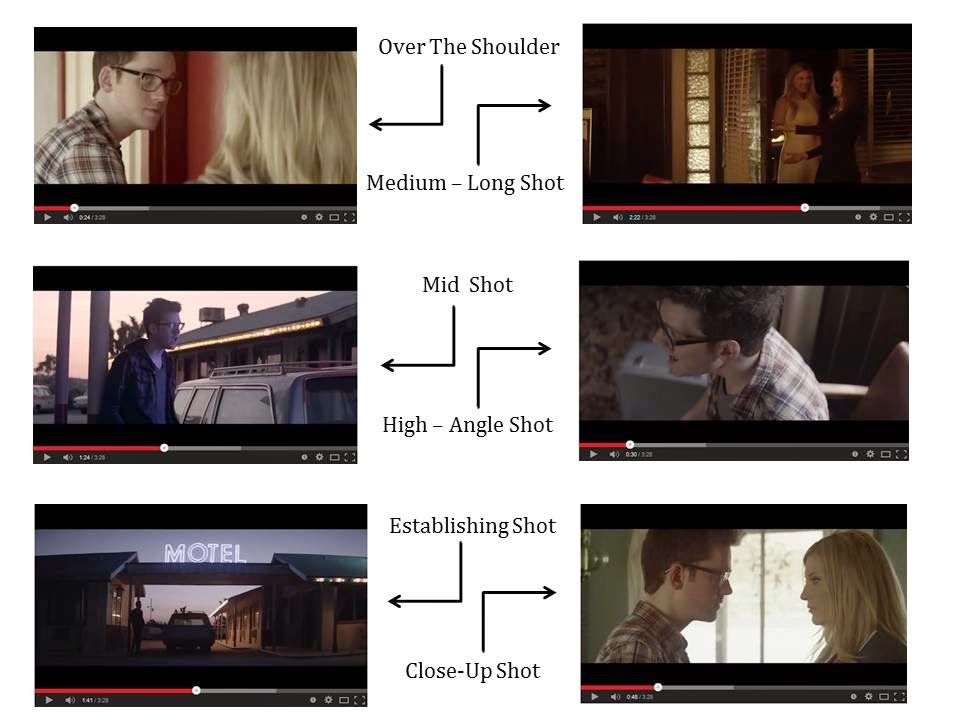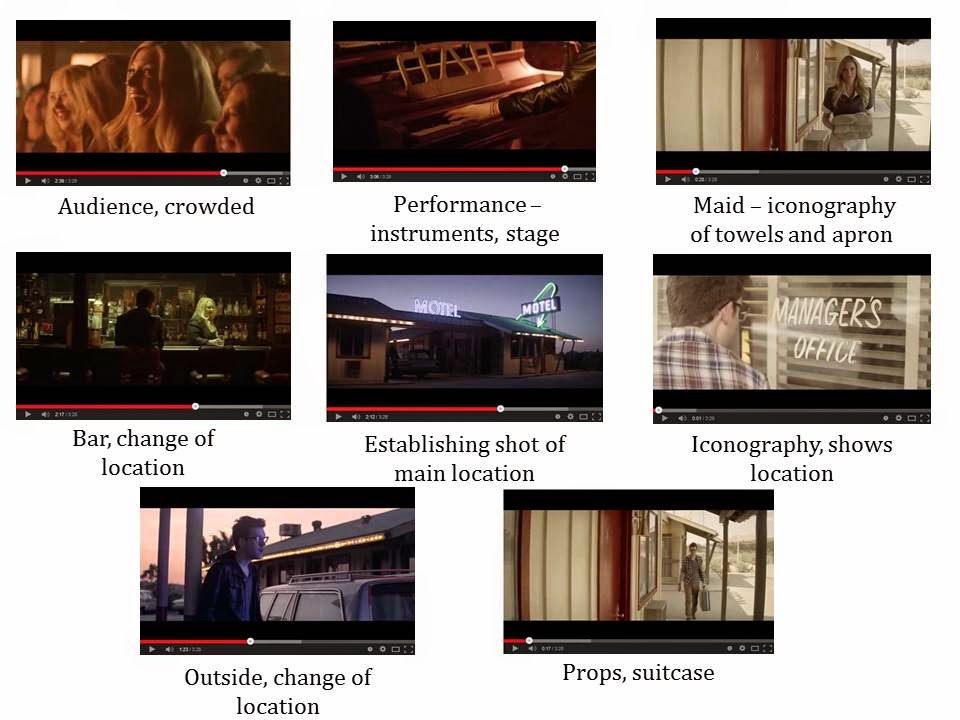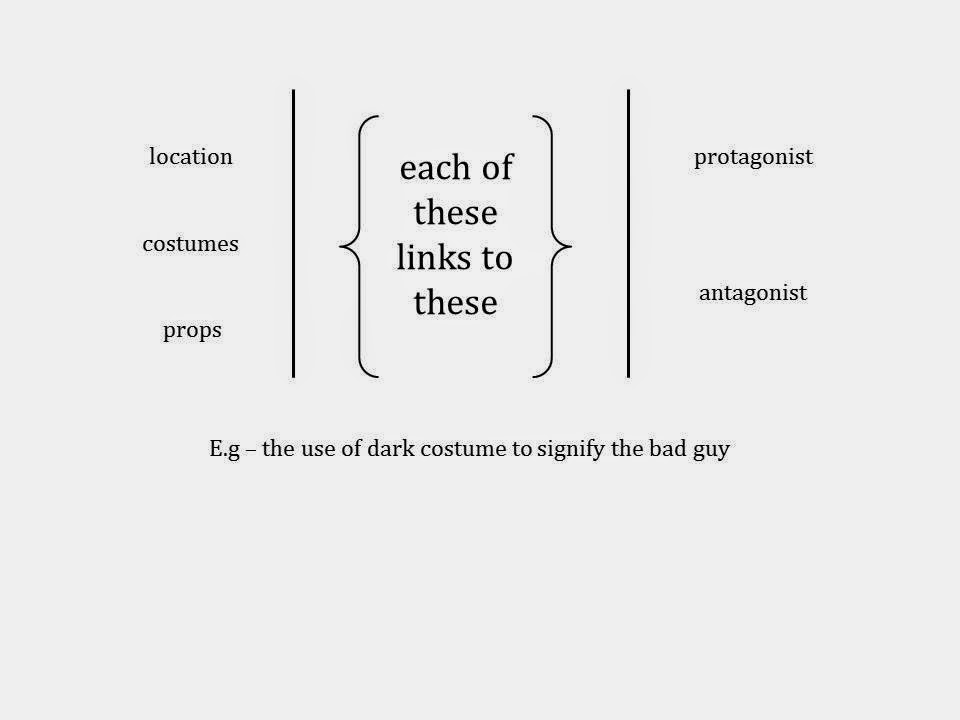Alex Goot - Wake Up Call (2014)
This music video follows a narrative with some performance elements that are part of the story. It focuses on two main characters, a male lead, who is the performer and a girl who is his love interest. The video follows a Romeo & Juliet narrative as in the end the guy gets the girl.
Cinematography:
Mise-en-Scene:
Language: The lyrics of the song relate to the target audience, young people and teenagers. The theme of the song is love which is a relatable theme to many people as we all understand it. Even though he has a smaller fan base compared to stars signed to major labels the lyrics of the song will be specifically relatable to his audience. The lyrics suggest that he can't go on with his life unless he gets the girl, this suggests to the audience that unless they are in a romantic relationship their life isn't important.
Institution: Not signed to a label, Alex has independently released two studio albums, this was made possible through the help of his fans and a kickstarter campaign. His success on YouTube and other social media has increased his popularity, being an independent artist meant his success was down to word of mouth and self-promotion. Alex is now a big name on the YouTube scene. The lead female character in the video is Elle Fowler, also big on YouTube. Casting her in the video meant that his regular audience was familiar with the characters.
Ideology: The ideology of this video is that love at first sight can happen and works out. Love is something that every person can relate to, whether they have had good or bad experiences. Therefore this video may give people hope that they will find true love, or people will relate because they are in a similar situation. The main characters have a brief meeting and share a kiss near the beginning of the video but the characters don't meet again until the end and the lyrics suggest that until he sees the girl again he won't be happy. This suggests that his whole life revolves around a girl.
Audience: The target audience for this video would be fans of Alex Goot and young people. The theme of love is desirable for many people and therefore many people will enjoy the video. Teenagers often have their favourite artist and the performance elements in the video allow the viewer to see the artist not in the character role, but being a performer instead. The view count and 'thumbs up' count on YouTube enables the viewer to see statistics about the video.
Representation: The video represents the artist as a normal guy, he is by himself at a motel, his dress suggests he is normal, there isn't any over the top costume. Even though he is presented to be the average guy at the end of the video he uses his musical talents to get the girl.The performance element allows the artist to be represented as a serious performer, he is playing the instruments and lip syncing.




.jpg)
.jpg)


